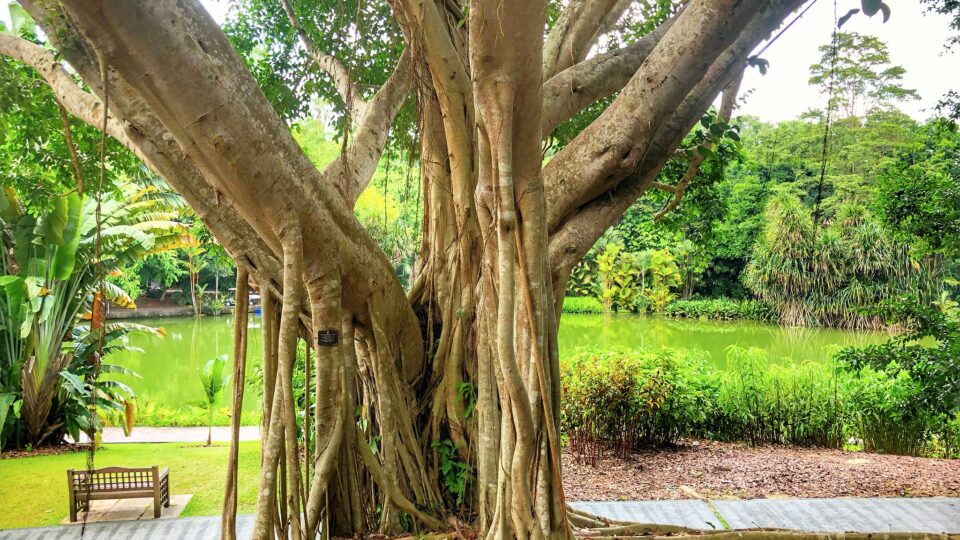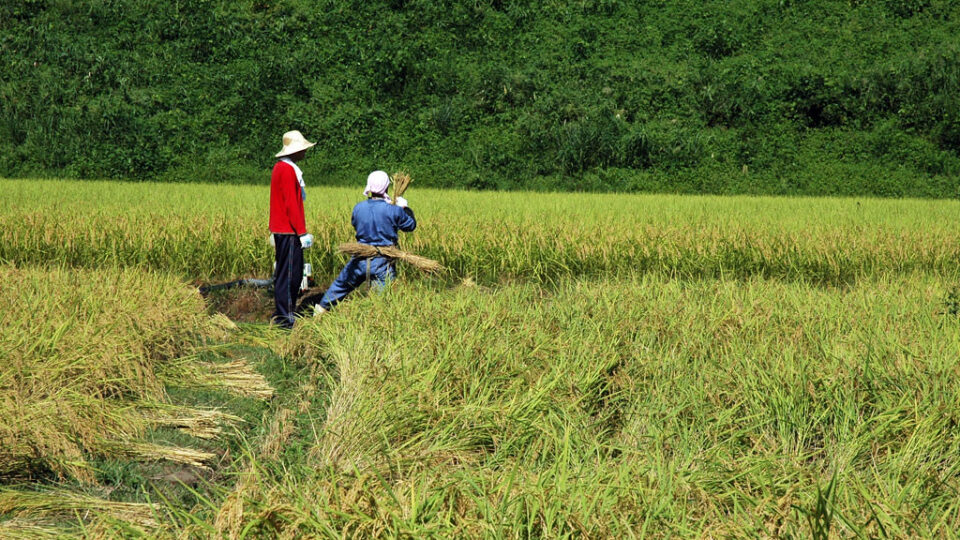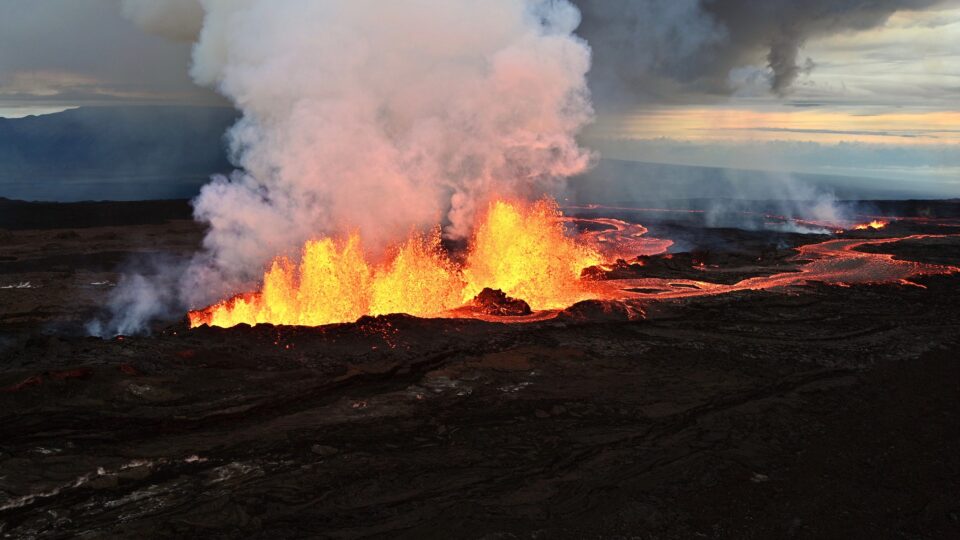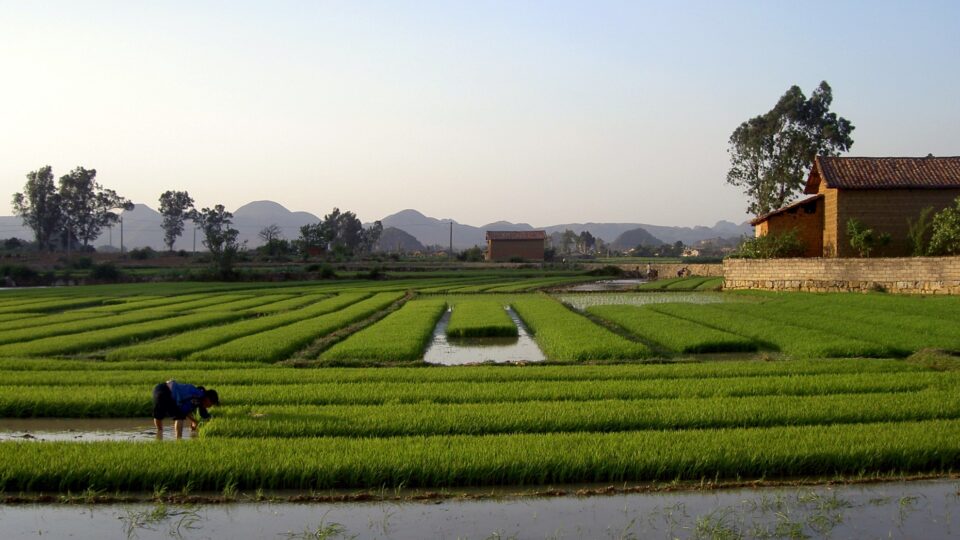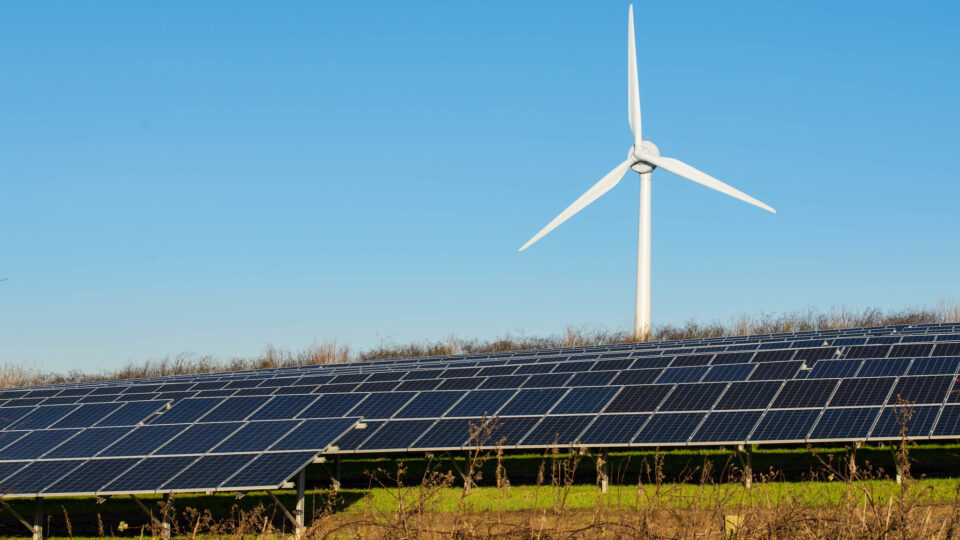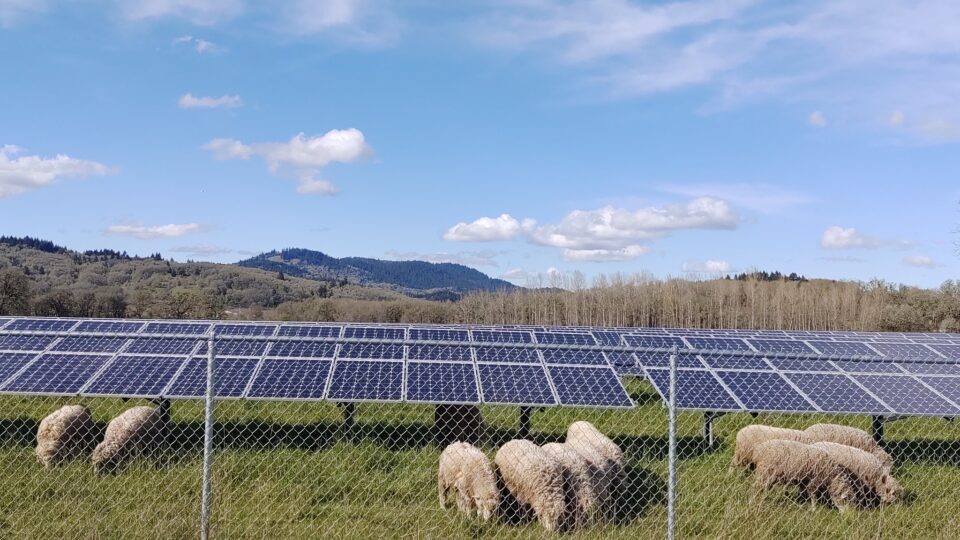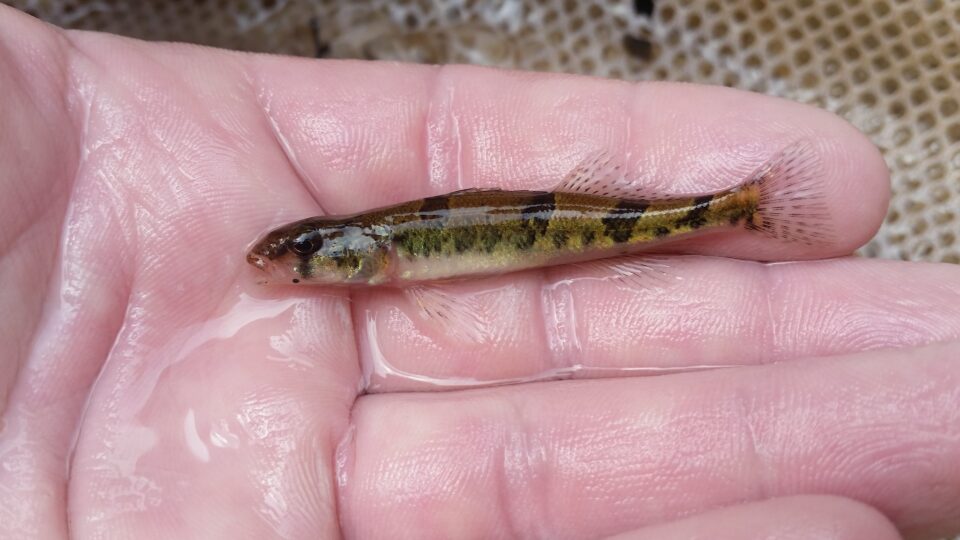About 40% of the world‘s population lives in coastal regions. People really like ocean-front property. But worldwide, rising sea levels mean that more and more people want to live on land that may someday be swallowed up by the sea.
One possible solution to the problem is to build cities on top of the water. It sounds pretty futuristic and impractical, but it is starting to happen. There have long been floating communities in places like the Netherlands, but these are for the most part clusters of houseboats moored close together.
But there are far more ambitious projects underway. The Maldives Floating City, already under construction, will eventually have 5,000 houses located in a lagoon that is a 15-minute boat ride from the capital city of Male. The housing units will be tethered to the lagoon floor and linked together.
A new project, located off Busan, South Korea, will combine high and low technology to create a large-scale, on-water town, that can house more than 10,000 people.
The town will be built on enormous concrete platforms suspended on the water. The platforms float because they are rounded hexagonal boxes that are buoyed up by Archimedes’’ principle. They can’t sink. Such structures will attract marine life, providing places for oysters and mussels, for example, to grow.
The initial development will cover 15 acres and the infrastructure will handle power, water, waste, and even some food. The goal is even to produce enough energy to provide some to the nearby community. A bridge will link the community to the land.
The project is scheduled to be completed in 2028. Future expansion could end up housing 150,000 people.
Floating cities could soon no longer be exotic or futuristic.
**********
Web Links
Are Floating Cities the Solution to Rising Seas?
Photo, posted June 5, 2012, courtesy of Raymond Bucko via Flickr.
Earth Wise is a production of WAMC Northeast Public Radio


